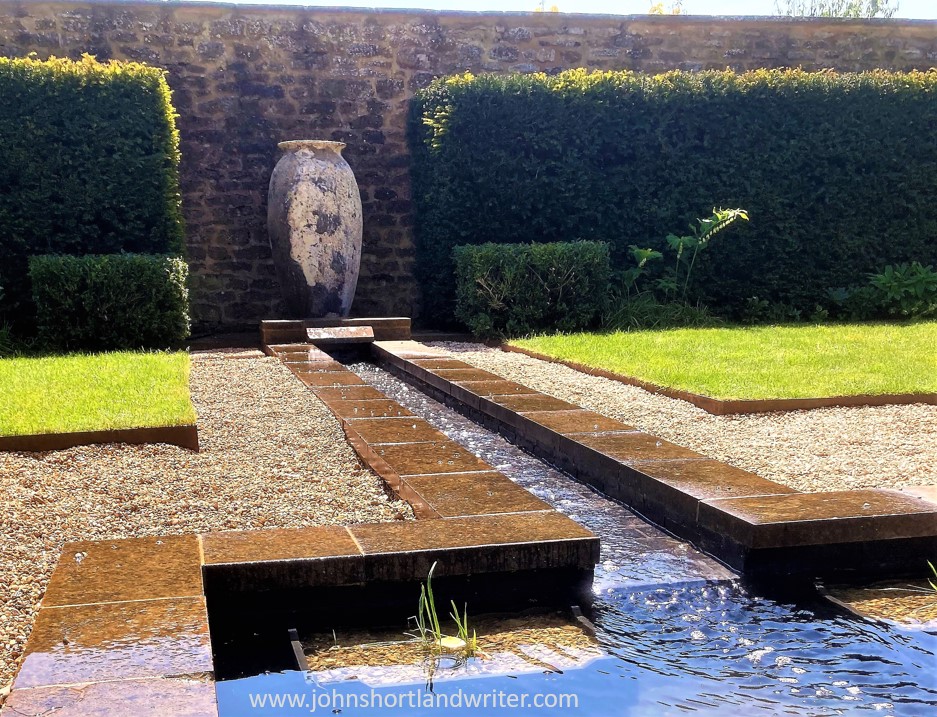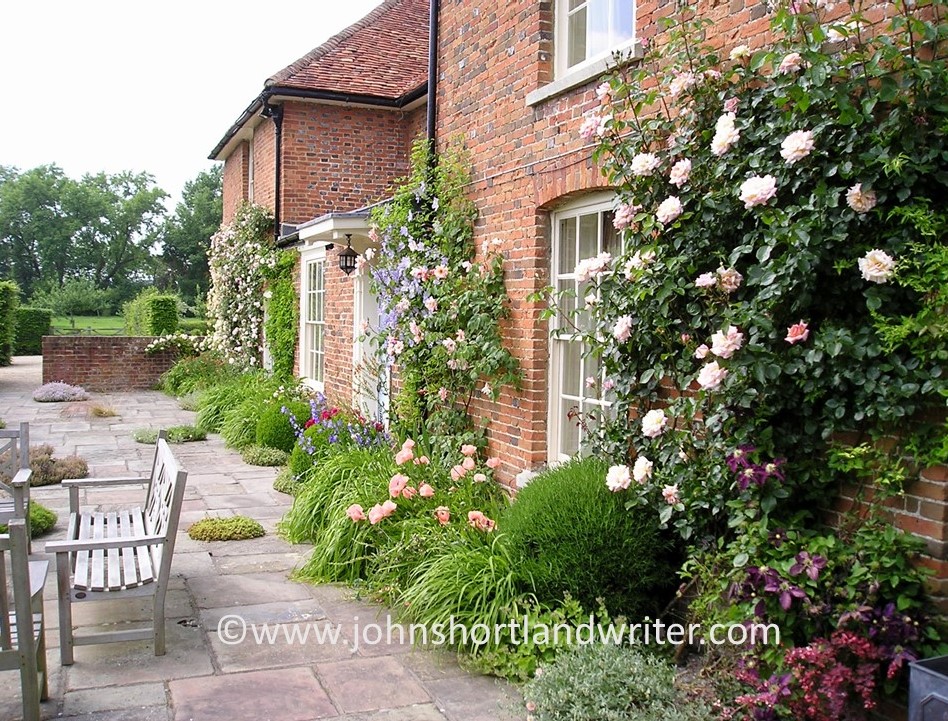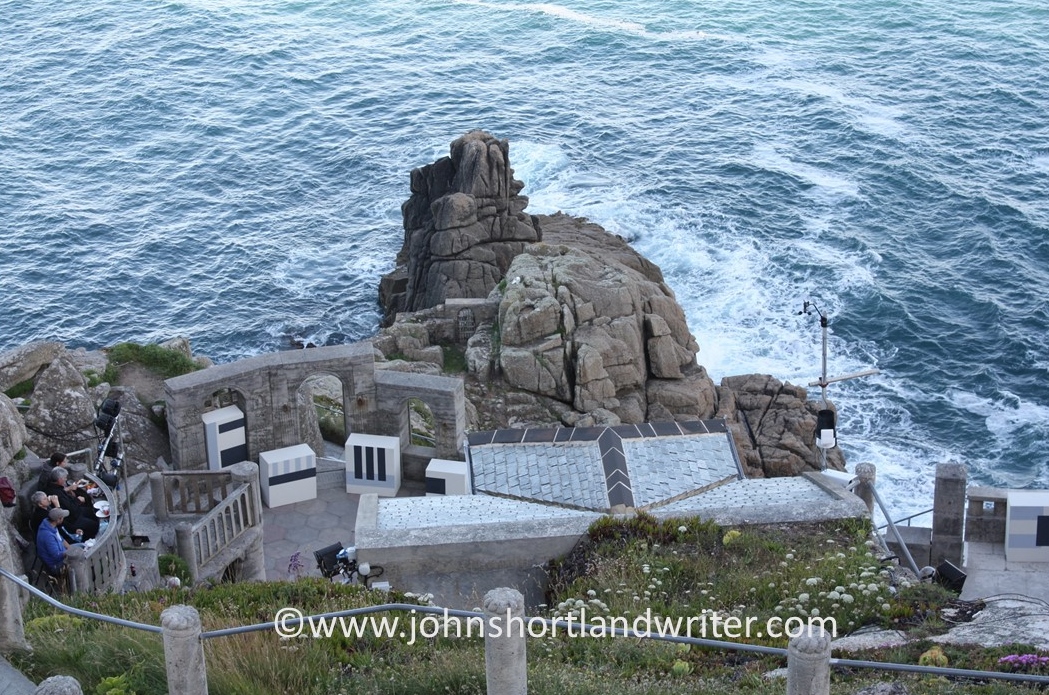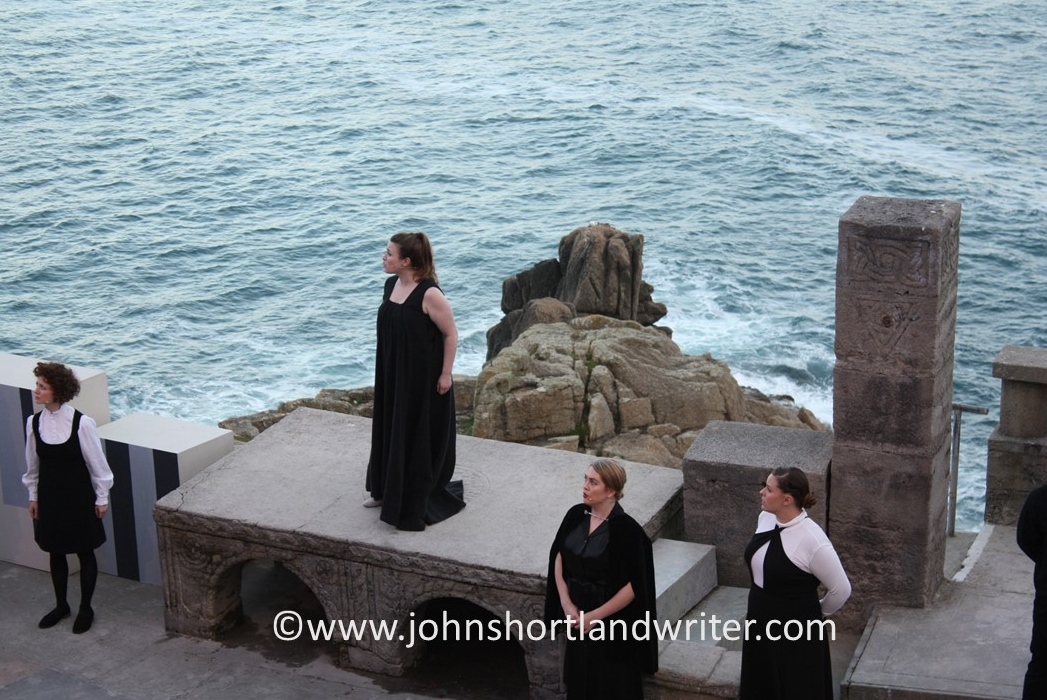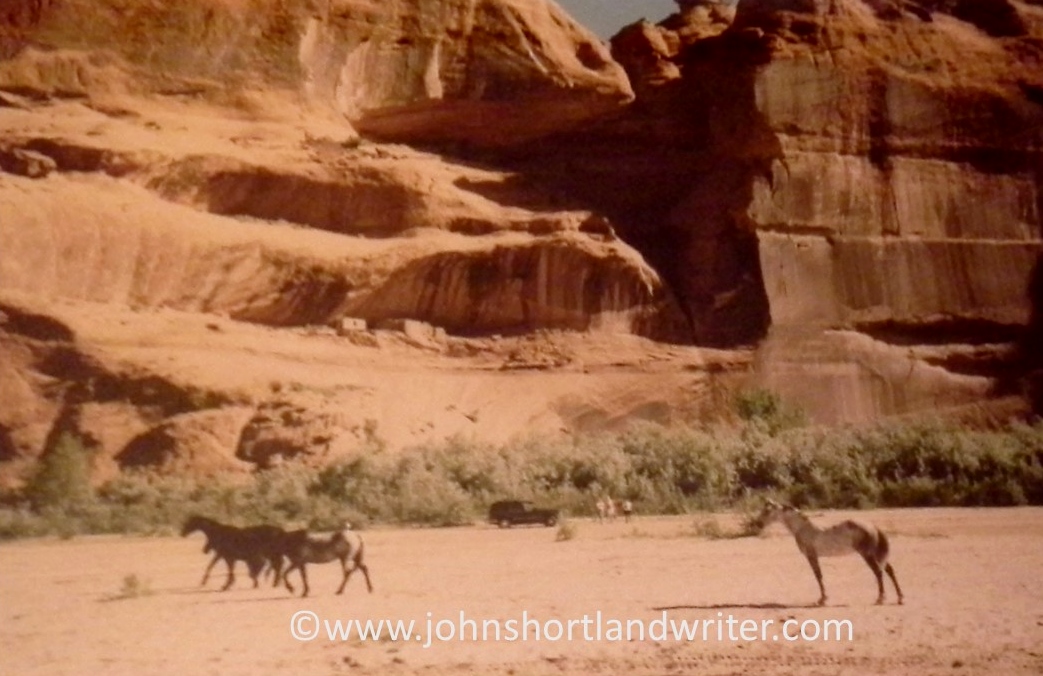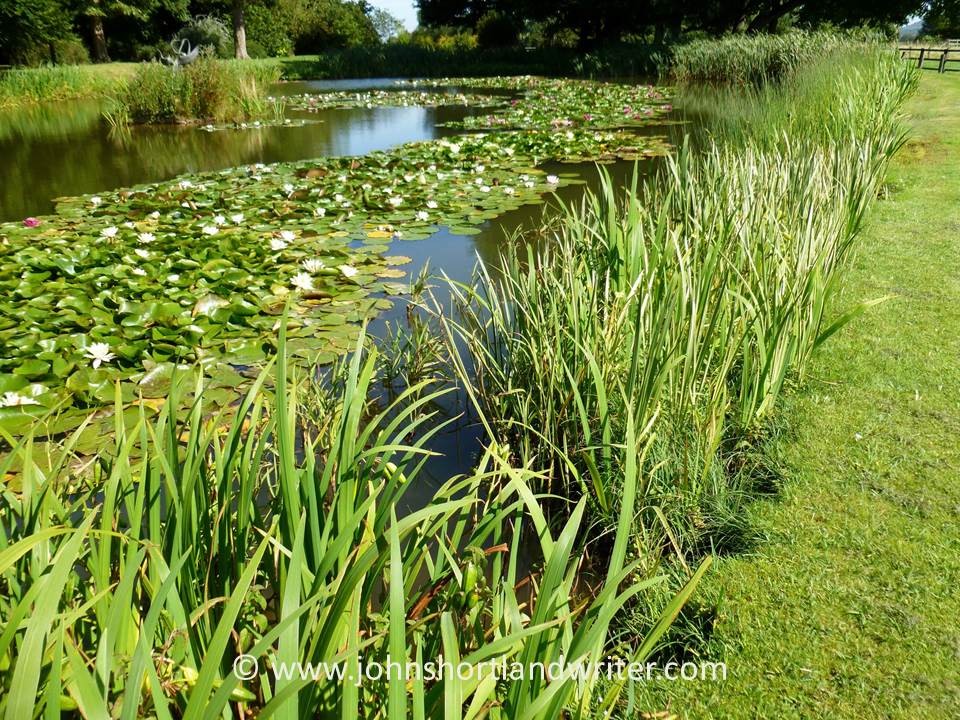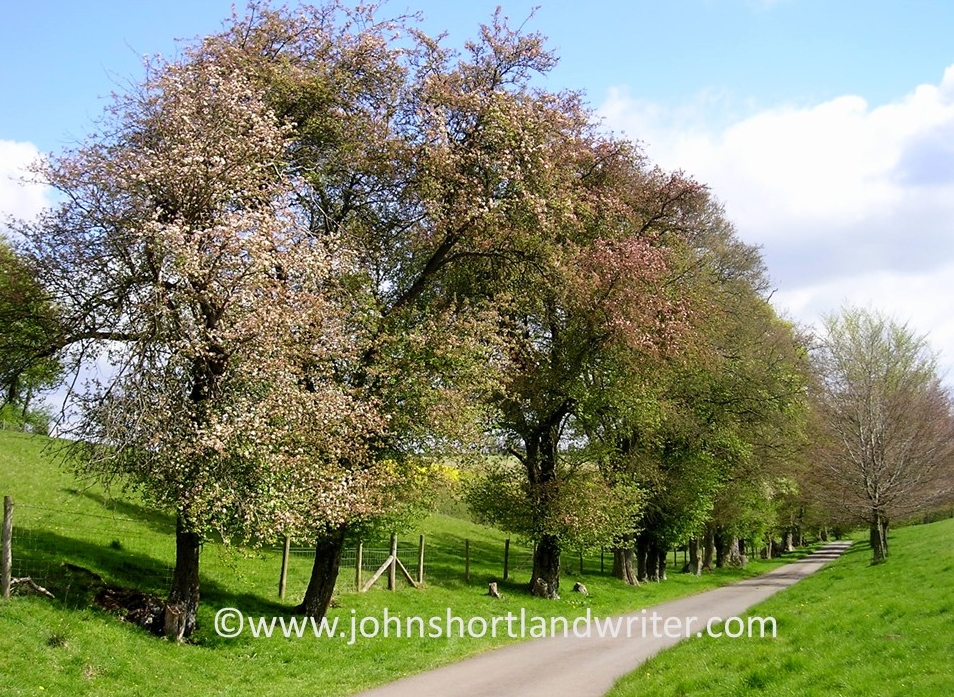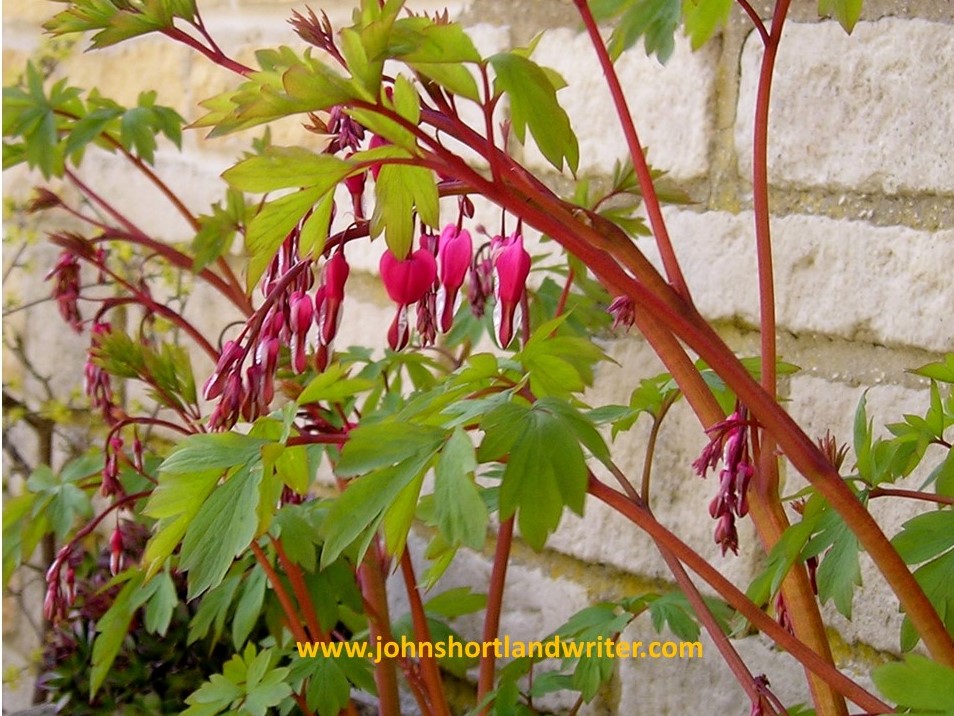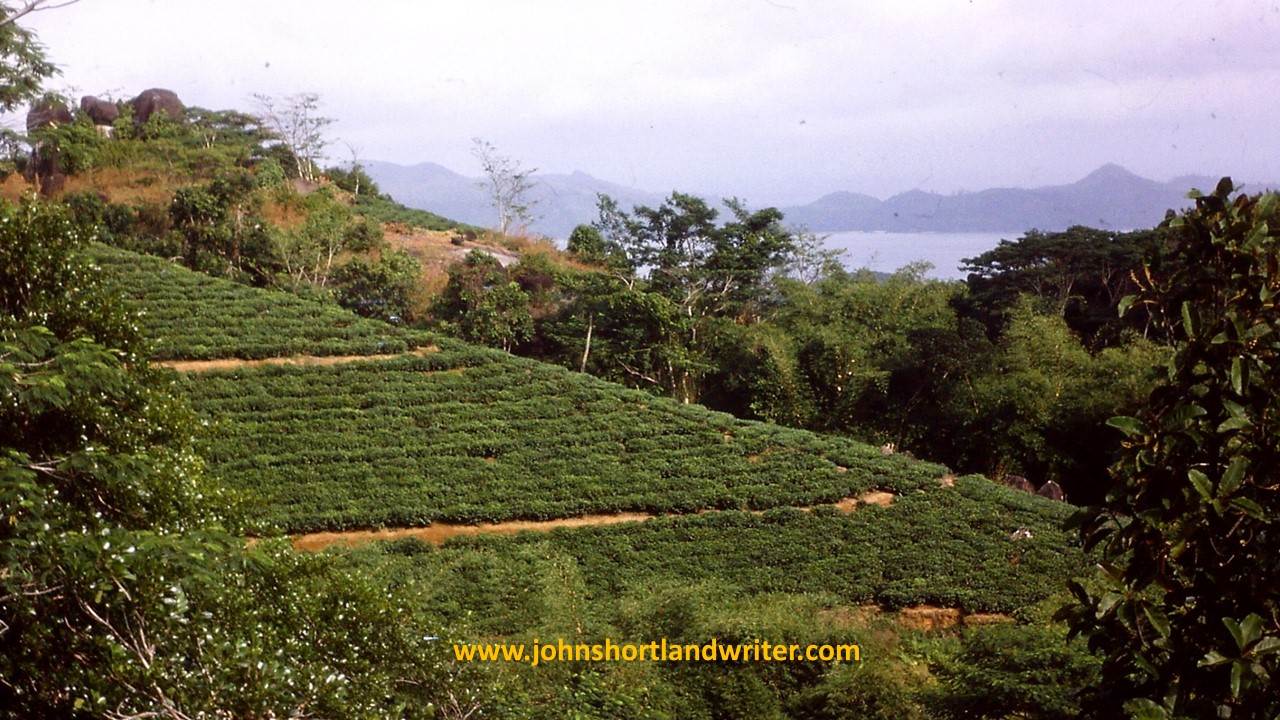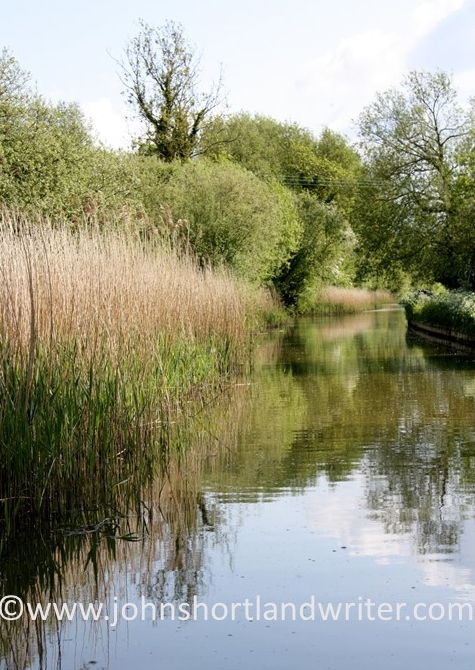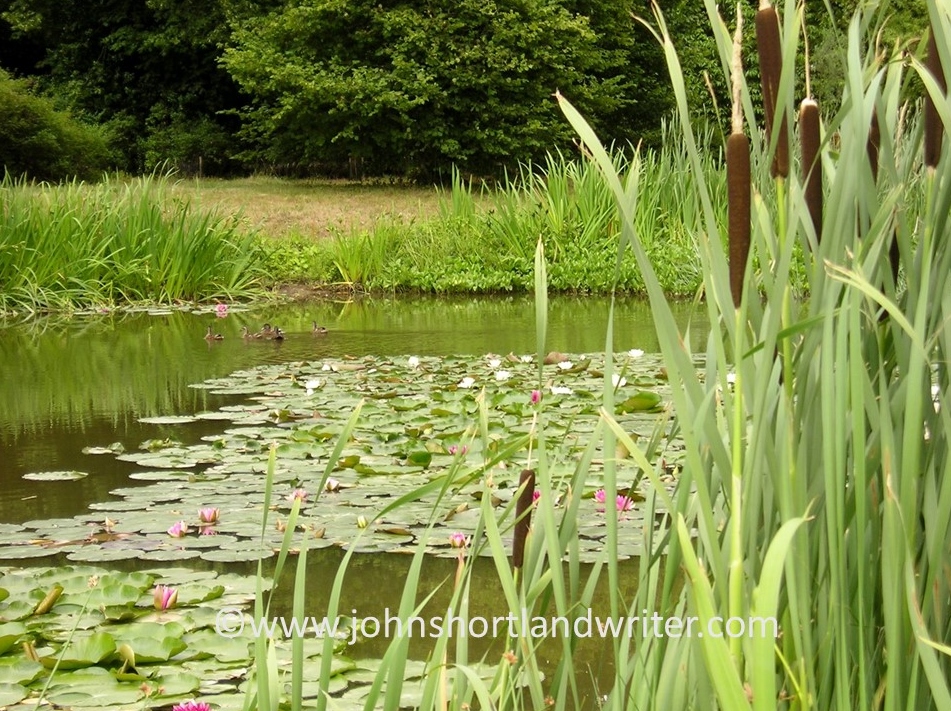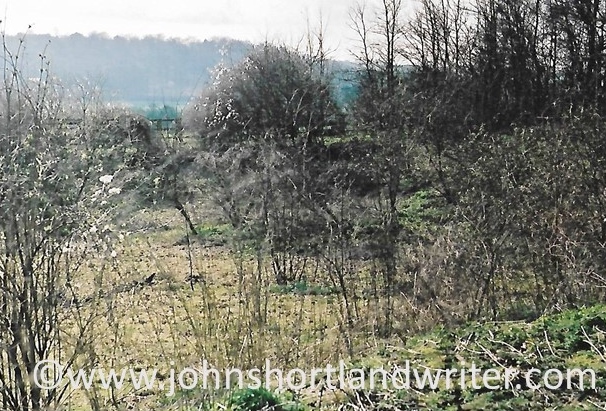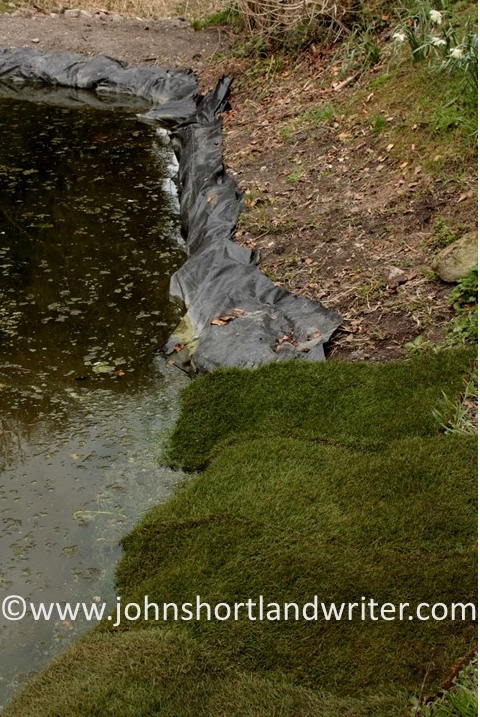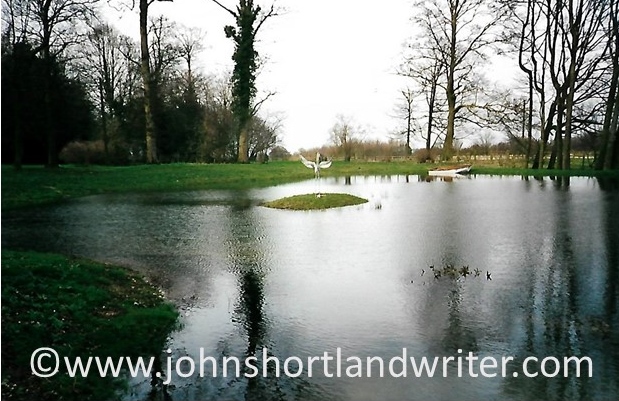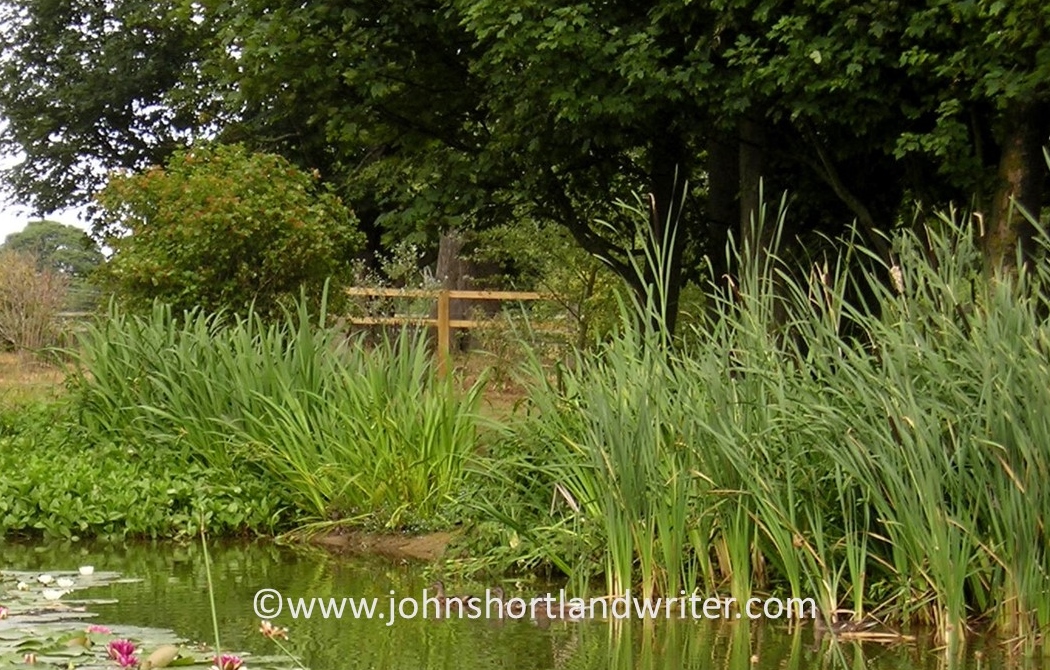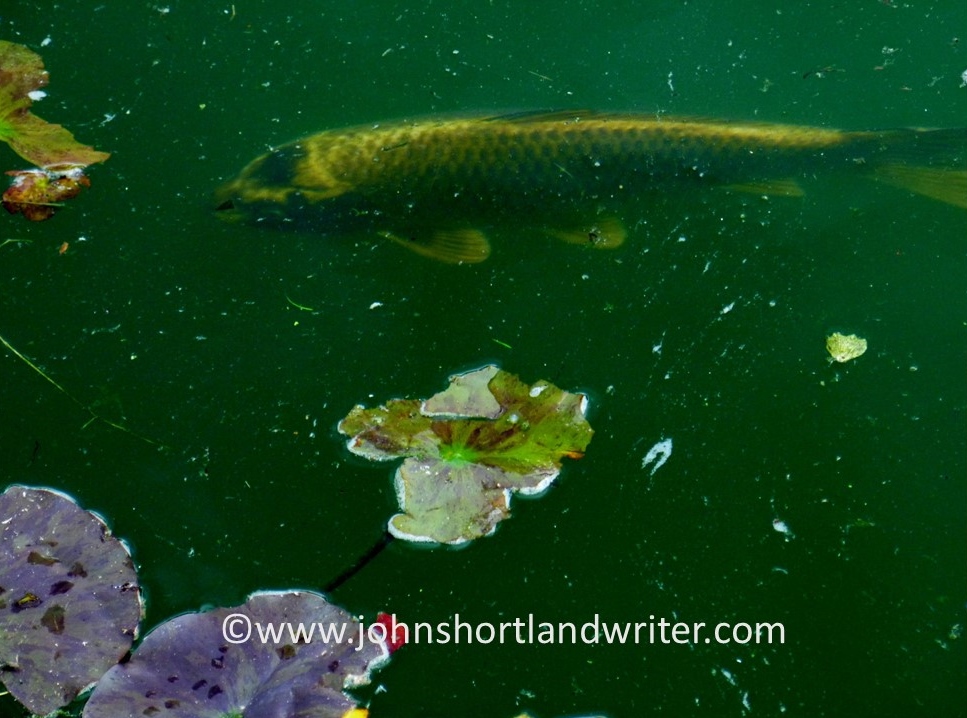Earlier I wrote about the sadness felt within my family, as well as the wider community, at the closure of our small department store that bore the family name, Shortlands. It had spanned the generations for almost one hundred years, firstly as Langstons – my great-grandfather’s surname, and then, after one of his sales assistants married the boss’s daughter, renamed Arthur Shortland. Clever chap, my grandad! Later still, during my tenure, the ‘Arthur’ was dropped. I locked the doors for the final time thirty years ago this spring. Last month seemed an appropriate time to celebrate its history and tell the story, not just of our family connection, but also of the incredible people that worked there over the decades. It can be read in Part One by clicking on the link here. I found the response to that blog incredible with so many people contacting me through my website or social media. It was lovely, as well as humbling, to hear their memories and to know that Shortlands had not been forgotten after such a length of time. Although I gave a hint in the blog, I was also asked what have I been doing since 1994. In this post, Part Two, I bring the story up to the present date.
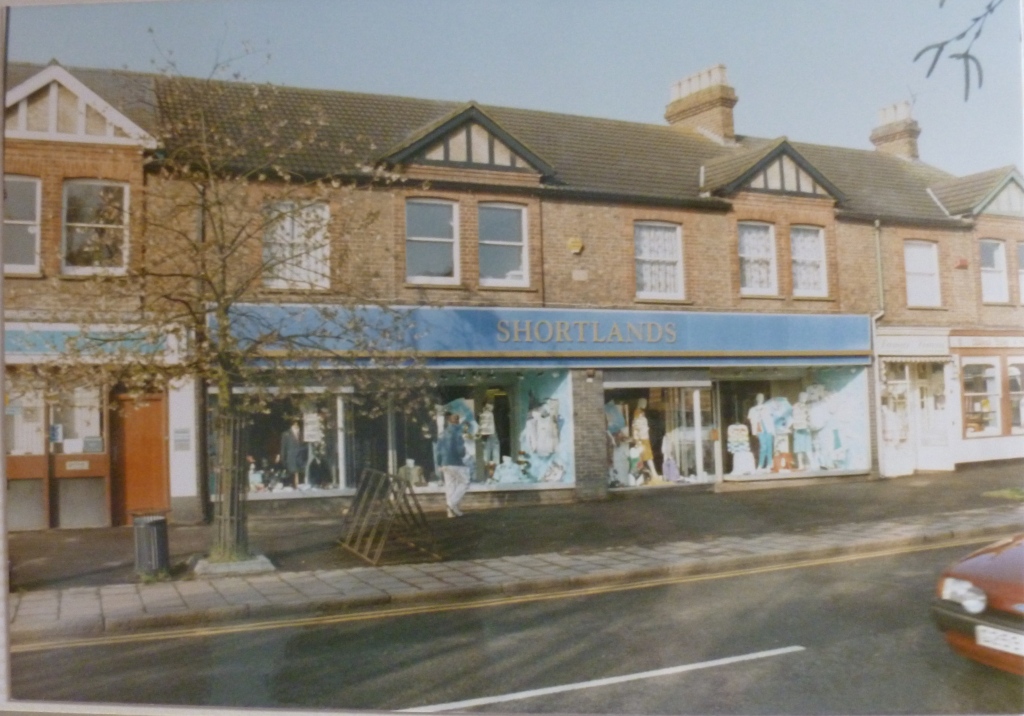
A reaction to my choice of careers that I receive quite regularly is one of surprise. Surprise that I once worked in the world of fashion, and wearing a suit and tie each day, or surprise that I am now working outdoors and wearing jeans and a t-shirt – although, I do have to look smarter on occasion [laughs]. When my retail career of twenty-five years ended, I was in my early forties and my future looked uncertain. I toyed with various career plans, none of which appealed very much. Unsure of what to do next, I decided to take a night class at our local agricultural college, Hall Place at Burchett’s Green. Little did I realise, on the evening of my enrolment, that I would soon be working at the Chelsea Flower Show, working on a gardening series for Channel 4 television or travelling to Hungary, only recently free from Russian occupation, on a horticultural study tour.
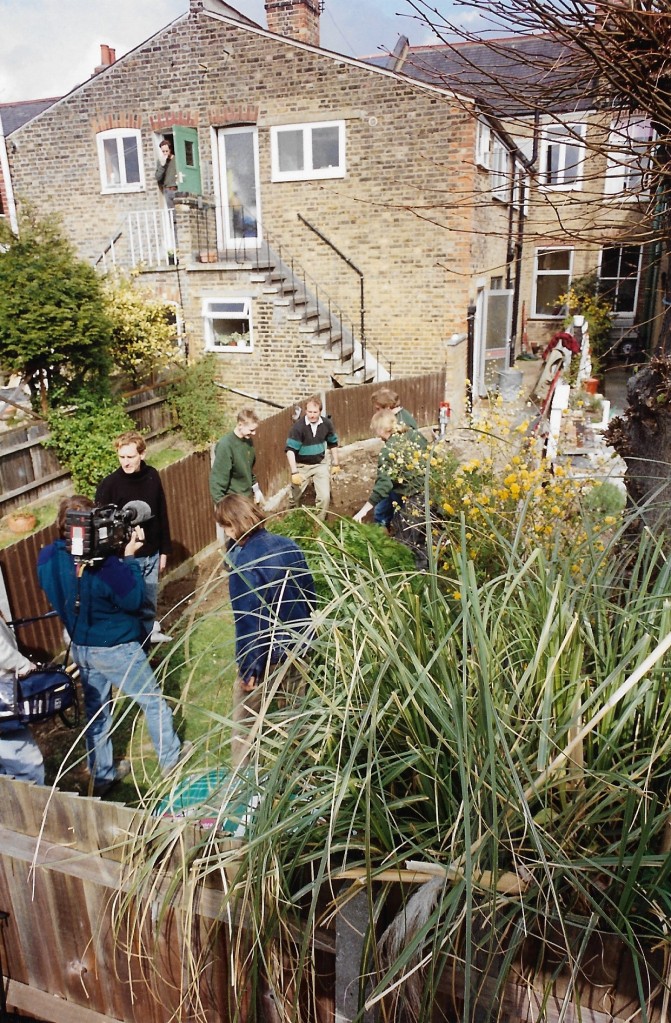
My visit to Hall Place had ended not with a night class but a two-year, full-time crammer course in Horticulture where I studied Landscape & Estate Management. Gardening had been the major hobby across the Shortland family for generations; I was the first in modern times to try and make a career of it. Knowing I still had a mortgage to pay, and therefore failure wasn’t an option, I studied hard in a way that I had never managed in my school days and came away with a good qualification. By then, I knew that I wanted to run gardens for large country estates. I had the good fortune to be offered, during my training, a work placement with the Getty family, then the wealthiest in the world. Their Head Gardener, Andrew Banbury, gave me various tasks and projects to carry out, frequently pushing me beyond my comfort zone. I have a lot to be grateful to Andrew for. When it was time for me to leave, I stepped straight into the role of managing gardens for a Swedish family who, again, were keen for me to develop further skills as well as their garden. Over the next few years, I had the opportunity to develop an arboretum, create a lake and, best of all, to manage and develop a one-acre walled kitchen garden.
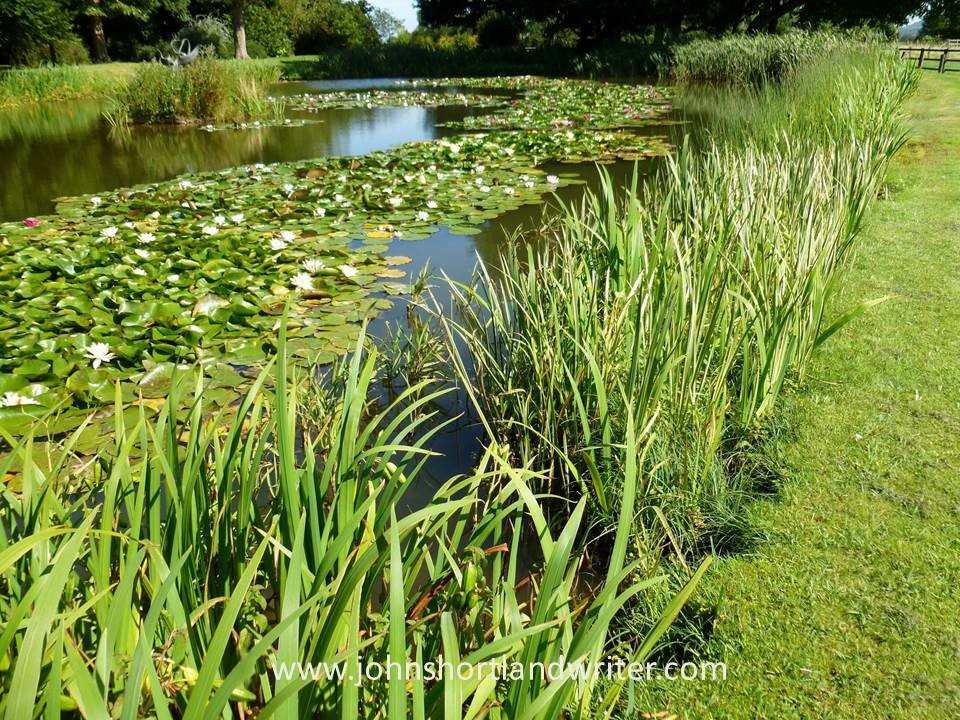
The Millennium saw a change once again for I left the Chilterns and the area I had known all my life and moved to the Cotswolds, there to manage an historic, Italianate Garden, Kiddington Hall. This had new challenges but, although I enjoyed it enormously, the call of working for myself once again beckoned. In 2005 I set up a design and landscaping business which, I am glad to say, flourished; now I have virtually retired.
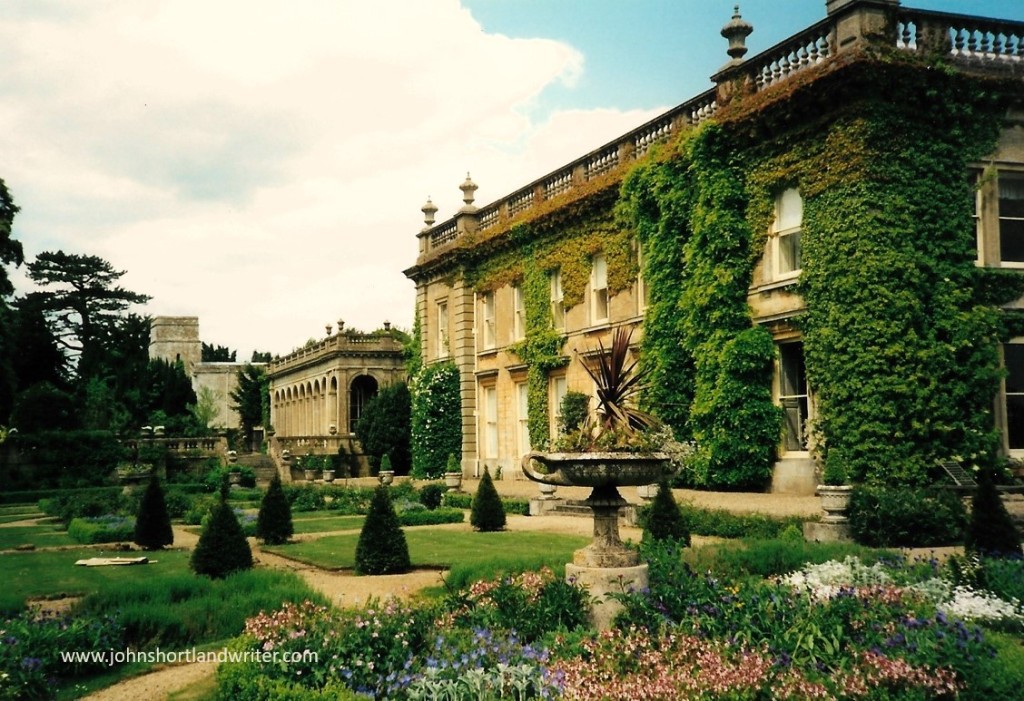
One of my last projects had been designing and overseeing a garden that has many elements to it: a 50 metre ha-ha, a cottage garden, formal lawns, terraces, topiary, wildflower meadows and kitchen garden, most of which have been created from scratch. As I watched the garden come to shape, with all the hard work being carried out by the owner’s own team of builders and gardeners, how grateful I was that I could now ‘pull the age card’ and let others do the physical tasks!

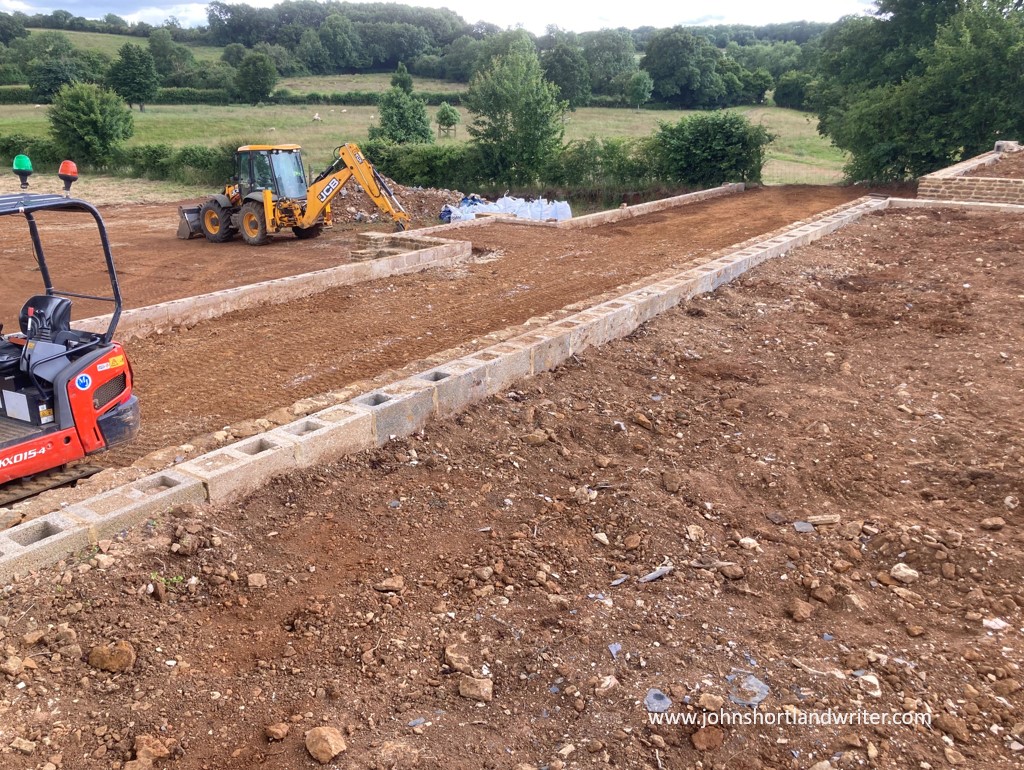
When I moved to the Cotswolds in 2001, for the first time in my life I was no longer ‘a local’ and knew no-one. Hearing that Oxfordshire was one of the few counties without a Gardens Trust and that one was being formed, I volunteered and for several years organised talks and visits to gardens which introduced me to many new people. One, hearing of my attempts at writing suggested I joined the local writers group. Feeling very out-of-place I did and before long the talk of ‘doing something big’ with books came about. From those very casual thoughts I found myself part of a small team that created the Chipping Norton Literary Festival. My title of Author, Agent and Publisher Liaison brought me into contact with many people in the literary world and soon I was commissioned by one to write a book on gardening. Three years later it was me being interviewed and giving talks on stage and the radio, a surreal experience.


Looking back over the past thirty years I realise just what a chance I took with my career choice and how fortunate I was for it to have ended well. It has taken me on the most incredible of journeys and given me the opportunity to meet/work with some very special people and places. It has had both tearful and joyful moments – it has also had bizarre and funny ones too: being invited to play in a ‘friendly’ cricket match only to find myself bowled out for two by the Captain of South Africa, or sharing an ice cream with American model, and ex-wife of Mick Jagger, Jerry Hall, these being just two of them. As with the shop, it has been a mix of celebration and sadness. I am so grateful that I have had the privilege of two careers both of which I can look back on with pleasure and a certain degree of pride.
